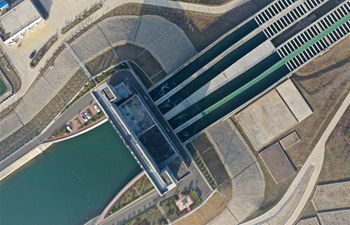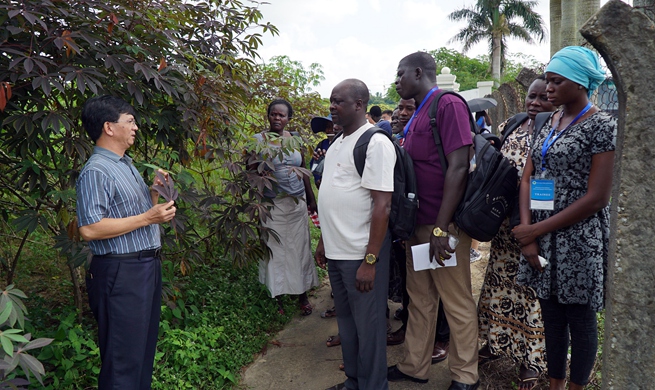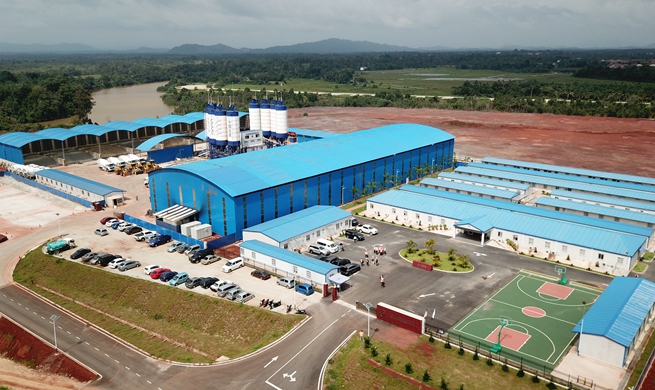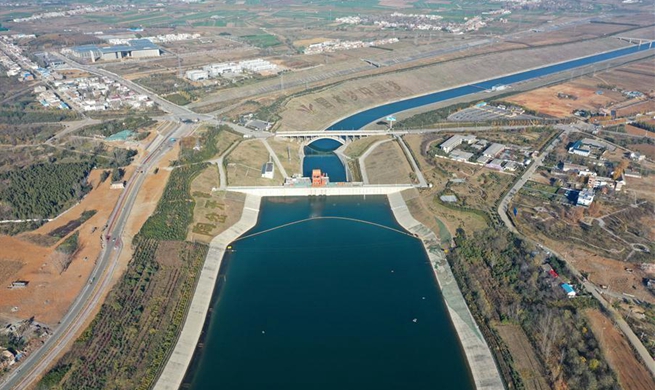CHICAGO, Dec. 10 (Xinhua) -- A study of the University of Michigan (UM) found that water births are no more risky than land births, and that women in the water group sustain fewer first and second-degree tears.
UM researchers analyzed 397 water births and 2,025 land births from two midwifery practices, and found no differences in outcomes between water birth and land birth for neonatal intensive care admissions. Postpartum hemorrhage rates were similar for both groups.
During a water birth, babies take their first breath when removed from the tub. Until then, their lungs are filled with water, which is displaced when they hit the air and breathe. The connected umbilical cord provides oxygen.
It's important not to re-submerge babies. At UM, babies are birthed in the water, brought out almost immediately, and doctors are careful to not re-submerge them. Mom and baby exit the tub with help and warm blankets, typically prior to delivering the placenta so that blood loss can be more accurately calculated.
"The long and short of it is that if you use proper techniques ... the outcomes are very good," said Lisa Kane Low, professor of nursing and senior author on the paper. "They mirror what we see in international studies of water birth."
Ruth Zielinski, clinical associate professor of nursing and study co-author, said more facilities should offer water birth and have guidelines for implementing it, and more studies are needed to understand the satisfaction level of women who have water births.
Few U.S. hospitals or birth centers now offer tub births because of perceived risk to the newborn, mainly suggested by case studies of neonatal infections or cord tearing.
The study is scheduled to be published online in the journal Birth on Tuesday.

















